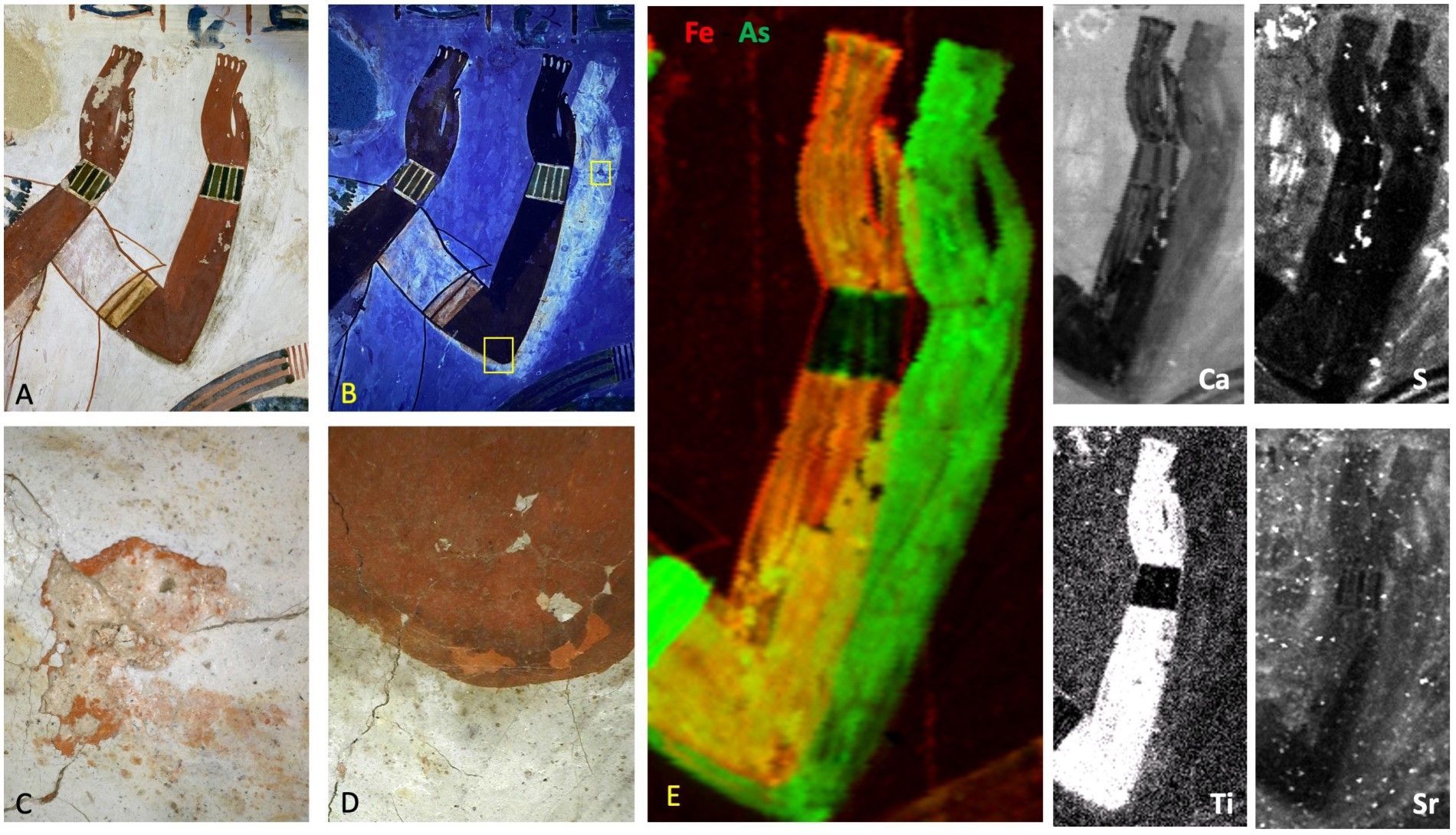Researchers have just unraveled some of the subtle mysteries behind ancient Egyptian art. Using new scanning techniques, the team have shown how artists approached and modified tomb paintings that were either not up to scratch or needed reworks.
The study of ancient Egyptian paintings is as old as Egyptology itself. Since the 19th century, generations of scholars have examined the types of techniques, pigments, and materials these artists used in their work. However, much of this research has been carried out in museums and so has not considered paintings present in funerary chapels and temples to the same extent.
Equally, archaeologists have reconstructed ancient Egyptian artistic processes by investigating unfinished monuments, which show different stages of construction and presentation. But these studies have relied on traditional archaeological techniques of interpretation and guesswork to fill in the gaps where solid evidence is missing.
Now, an international and multidisciplinary team of researchers has gone a step further by conducting on-site experiments using portable scanners to glean insights into artistic methods that are otherwise invisible to the naked eye.
They used X-ray fluorescence imaging (XRF), which uses X-rays to assess the chemical composition of an object without requiring physical samples, on two paintings that were produced around 3,000 years ago. One of the paintings is of the pharaoh Ramesses II (who reigned between c. 1279 BCE and 1213 BCE), which is located in the tomb of Nakhtamon, an official who was buried near Thebes where modern day Luxor is. The other painting was located in Menna’s tomb, another Egyptian official, which shows Menna and his wife adoring the god Osiris.
Both sites were chosen for their excellent conservation and their accessibility.
According to the team, these paintings show evidence of touch-ups that were made during their production, which have previously been overlooked. For instance, the headdress, necklace, and scepter in the image of Ramesses II have been substantially reworked. In the painting of Menna’s adoration, the position and color of an arm has been changed – the pigments used in the skin tone are different to those originally used, which reveals subtle alterations.
The arm of Menna as he stands in adoration of Osiris was repainted in a different position and then covered up.
The evidence suggests that either the individual artists were able to make changes they deemed necessary for the work or that those who commissioned them requested alterations.
This research shows that pharaonic art and the methods used to produce it were considerably more complex than previously assumed. The scientists plan to analyze other paintings in the surrounding necropolis to locate new signs of craftsmanship and to potentially find out the individual identities of specific artists.
The study was published in PLOS ONE.
Source Link: Ancient Egyptian Artists’ Methods Revealed By X-Ray Scanning Techniques
